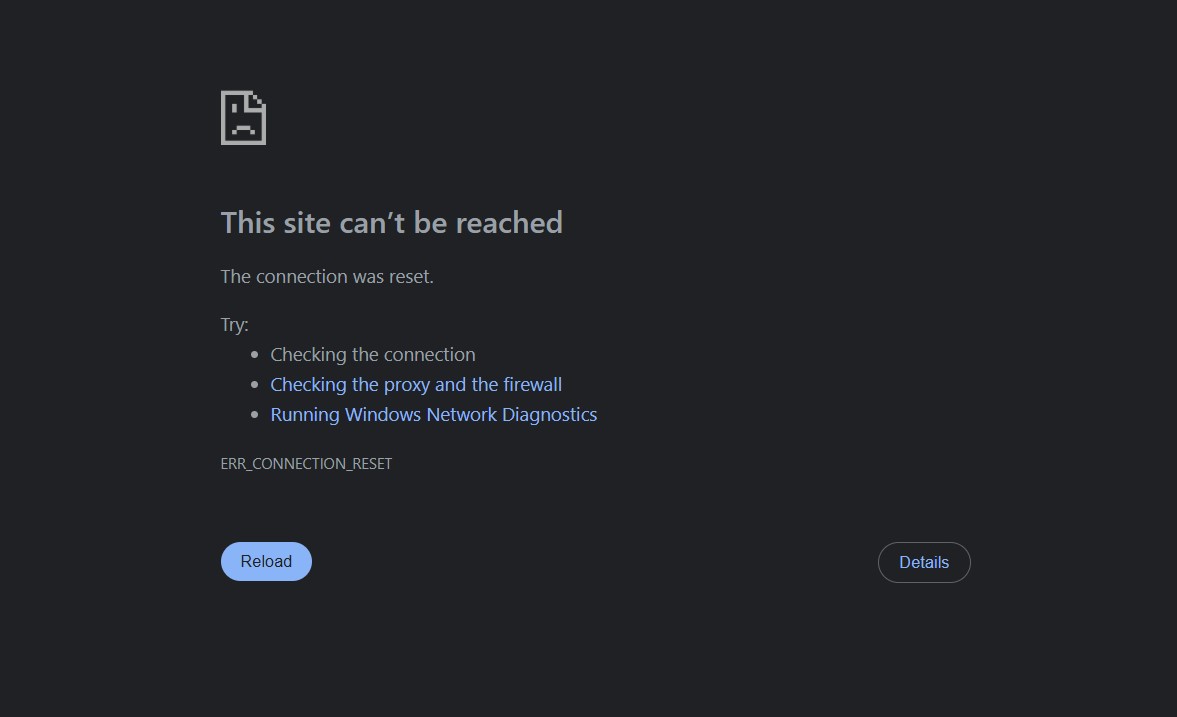CanCap-app.com Scam Review -A Ponzi In Disguise
CanCap-app.com presents itself as a sleek, app-first investment platform, but a number of structural and behavioral indicators raise serious concerns. Opaque ownership, a short or unclear domain history, absence of verifiable regulatory credentials, heavy marketing language, and patterns commonly tied to deposit/withdrawal friction together create a profile that investors should treat as high-risk.
Opening — the convenient app that feels like a shortcut
Late one evening you spot a promoted post: “Download CanCap — passive growth, smart crypto strategies, instant setup.” The app store page looks tidy, the onboarding flow promises a few taps to “start earning,” and an in-app chat offers a personal manager. It all feels modern and effortless — exactly what many people want from fintech.
That convenience is magnetic, and operators who prioritize fast inflows know it. The real question is whether the app’s convenience is backed by fundamentals you can verify: who runs it, which regulator oversees it, how client money is held and returned. With CanCap-app.com, those fundamentals are either missing or vague in public view, and that absence is the core of this review.
1) The façade — design and messaging versus documentation
CanCap-app.com uses polished UI screenshots, buzzwords like “AI allocations” and “secure custody,” and quick testimonials. Those elements convert well and create the appearance of institutional competence.
But visuals and slogans are not substitutes for disclosure. Credible financial services pair marketing with clear, verifiable documentation: a legal company name and registration, regulator licence numbers you can check, a published privacy policy that explains data handling, and terms that clearly state how withdrawals are processed. When those pieces are not present or are buried, the marketing becomes persuasive packaging rather than proof.
2) Ownership and corporate transparency — who’s accountable?
One of the simplest and most important questions to ask about any financial app is: who controls it?
Key indicators that raise concern about CanCap-app.com include:
-
Limited or vague corporate details: The site/app provides few verifiable details about the legal entity, directors, or registered office.
-
Privacy-protected domain registration: Ownership information is masked behind privacy services, making direct traceability harder.
-
Generic contact information: Phone numbers or contact forms exist, but physical office addresses and corporate filings are not obvious.
Accountability begins with an identifiable legal entity. When that is obscured, it becomes much harder to pursue answers if things go wrong — a practical issue, not merely a technicality.
3) Regulation & licensing — the missing safety net
Regulatory oversight is the backbone of trust in financial services. Licensed firms make it easy for users to verify their status, because regulators require public registration and make it searchable.
For CanCap-app.com, there is no clear, verifiable listing of a licence with a recognised financial regulator shown prominently. Marketing language referencing “regulated partners” or “secure custody” is not a substitute for a published licence number or regulator link. The lack of visible regulatory credentials means there is no obvious independent body responsible for supervising the platform’s conduct or enforcing client protections in the public record.
4) App-first risks — store listings vs operational proof
Fintech apps often leverage app stores to build rapid adoption. But being listed in an app store verifies only that the app meets certain technical and content guidelines — it does not validate the business model, regulatory compliance, or withdrawal reliability.
When an investment product is primarily promoted as an app, make sure the following are evident before trusting capital:
-
Clear legal disclosures within the app and on the website.
-
Verifiable custodian arrangements for client funds.
-
Independent proof of performance (audits, trade receipts, or bank confirmations).
CanCap-app.com emphasizes app convenience but lacks the public, auditable proof that would make an app-first product credible at scale.
5) Marketing mechanics — urgency, VIP tiers, and social proof
The platform’s promotional mechanics show patterns worth watching:
-
Urgency cues: limited VIP slots or time-bound bonuses that encourage quick deposits.
-
Personal outreach: rapid assignment of “account managers” who promote upgrades.
-
Curated testimonials: short, positive reviews without traceable identifiers.
These are powerful persuasion tools. On their own, they don’t prove malice. But combined with opaque ownership and absent licensing, they shift the operational incentive toward maximizing deposits rather than demonstrating reliable, regulated service.
6) Deposit / withdrawal dynamics — the practical litmus test
A practical way to evaluate a platform is by comparing how it handles money going in versus money coming out. In many high-risk operations the common sequence is:
-
Quick deposit acceptance via cards, transfers, or crypto.
-
Early simulated gains shown to build user confidence.
-
Pressure to top up the account to reach “VIP” thresholds.
-
Complications on withdrawal — additional verification, surprise fees, or lengthy delays.
For CanCap-app.com, public signals align with the risk that deposits are straightforward while withdrawals may face added friction. That asymmetry is one of the clearest operational red flags to watch for.
7) Testimonials, dashboards and the problem of uncorroborated proof
Many apps display account screenshots and client stories. Those can be persuasive but aren’t independently verifiable.
Useful proof includes:
-
Exportable trade logs or bank transaction receipts.
-
Third-party audit reports of performance.
-
Independent long-term reviews from identifiable users.
CanCap-app.com’s proof tends to be internal (on-site/app) rather than independently corroborated — a distinction that matters when assessing whether reported balances are liquid or merely illustrative.
8) Technical footprint & domain behavior
Technical signals add useful context:
-
Domain age: recently created domains generally have less track record.
-
WHOIS masking: common in marketing sites, but problematic in financial services.
-
Hosting patterns: similarities with other short-lived or template-based sites can indicate a disposable operation.
These technical cues don’t alone confirm misconduct, but when combined with the other issues above, they increase the statistical probability of operational instability.
9) Privacy, data handling and security claims
CanCap-app.com markets “secure encryption” and “data protection” — standard claims for fintech. But effective security practices are demonstrated through:
-
Transparent privacy policies that state data retention and sharing practices.
-
Clear statements on how identity documents are stored and who has access.
-
Evidence of independent security audits or certifications.
When such documentation is absent or vague, the promises of security are marketing language rather than verifiable protection.
10) Quick red-flag checklist
Use this one-page filter if you encounter CanCap-app.com:
-
Is the legal entity and corporate registration clearly and verifiably published?
-
Does the platform display a verifiable licence from a recognised regulator?
-
Are performance claims backed by exportable trade logs or audits?
-
Do withdrawal policies describe straightforward, fee-transparent processes?
-
Do account managers push quick deposit upgrades or VIP tiers?
-
Is the domain age short and is ownership masked?
-
Are testimonials corroborated outside the app/website?
Multiple “no” answers should increase caution significantly.
Analytical conclusion
CanCap-app.com delivers a modern app experience and persuasive messaging, but it lacks key trust foundations: transparent ownership, verifiable regulatory oversight, auditable proof of performance, and clear, public withdrawal mechanics. Those omissions are not merely bureaucratic; they materially change the risk profile for anyone contemplating deposit.
This review is a risk-based analysis rather than a legal determination. The practical implication is straightforward: the platform’s public footprint and operational signals align with many high-risk profiles historically associated with problematic investment apps. For readers building a content calendar, this review can be published as a cautionary analysis highlighting specific verification steps readers should insist on before engaging with app-based investment services.
Report CanCap-app.com Scam and Recover Your Funds
If you have lost money to CanCap-app.com Scam, it’s important to take action immediately. Report the scam to Jayen-consulting.com, a trusted platform that assists victims in recovering their stolen funds. The sooner you act, the better your chances of reclaiming your money and holding these fraudsters accountable.
Scam brokers like CanCap-app.com continue to target unsuspecting investors. Stay informed, avoid unregulated platforms, and report scams to protect yourself and others from financial fraud.
Stay smart. Stay safe.






